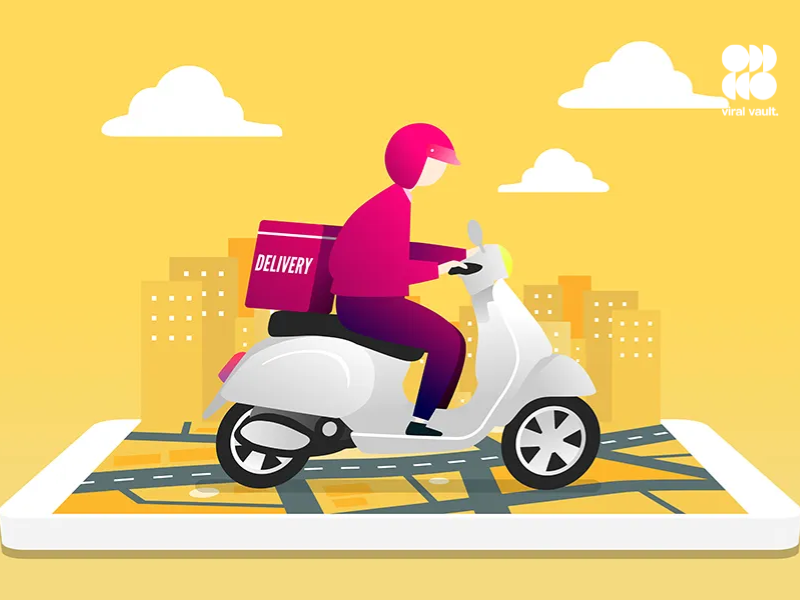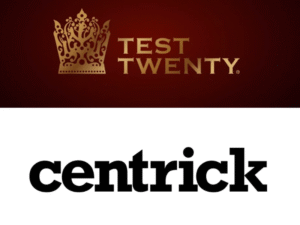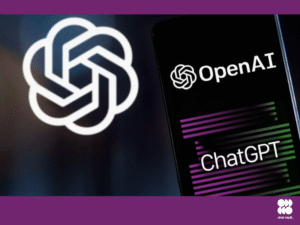Quick commerce isn’t just racing to your doorstep-it’s racing to your wallet. Behind the ultra-fast deliveries and flashy discounts, qcom platforms are quietly fine-tuning their strategies to make you spend more, often without you even noticing.
A recent report by JM Financial reveals a telling trend: customers in metro cities are getting twice to thrice the discounts on items priced above ₹200 compared to cheaper products. It’s not generosity-it’s psychology. By rewarding purchases of higher-value SKUs, platforms are actively nudging users toward bigger basket sizes to boost average order value (AOV) and make each delivery more cost-effective.
But it goes deeper than discounts.
Subtle design nudges-like “Add ₹50 more to save on delivery” or “Only one left!”-are being used to influence behavior. These micro-prompts are crafted to push you toward spending more, without triggering resistance. And it’s working.
“Today, it’s not just about delivering fast, it’s about delivering profitability,” said Anish Srivastava, SVP at Blinkit. “We’re focused on driving value-for both the customer and the business.”
Meanwhile, layered service fees-based on location, order value, and delivery time-create a quiet pressure to increase spend or face extra charges. It’s not visible price hikes, but strategic friction points that guide your hand.
The result? A smarter, more profitable checkout-where you feel in control, but the game is already rigged in favor of higher margins.
In the world of qcom, speed is just the surface. The real engine is behavioral economics-and your cart is the battleground.
So next time your 10-minute grocery bill feels a little heavier than expected, remember: you weren’t just shopping. You were being played-beautifully.












